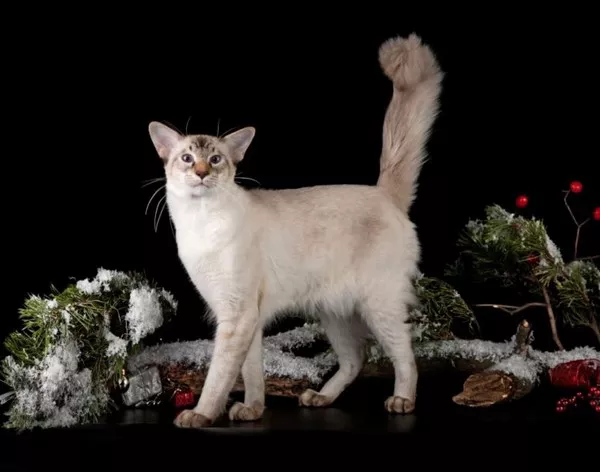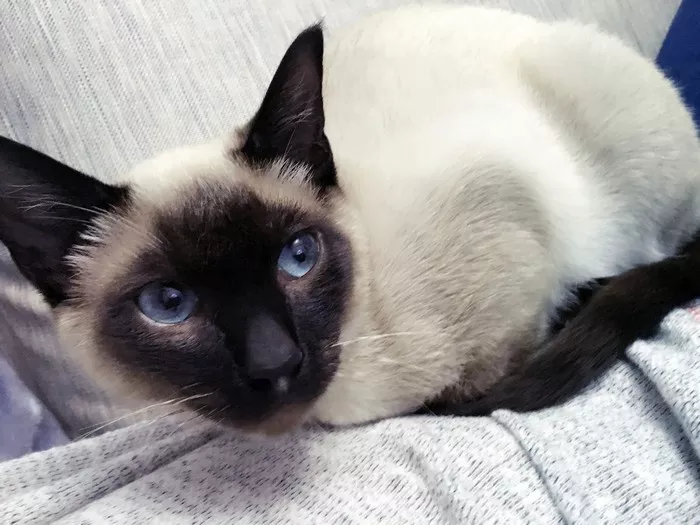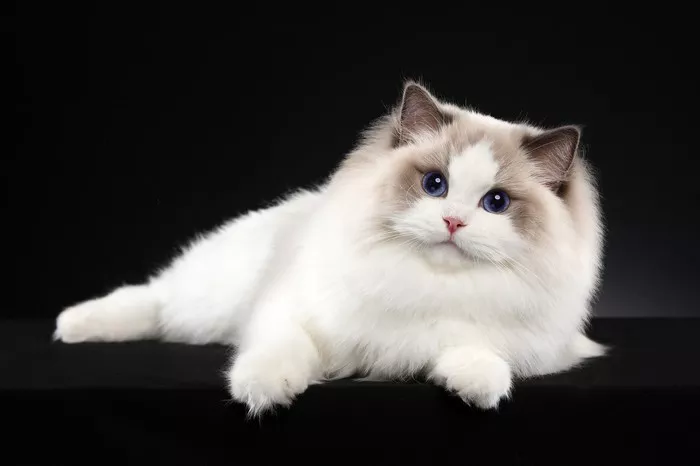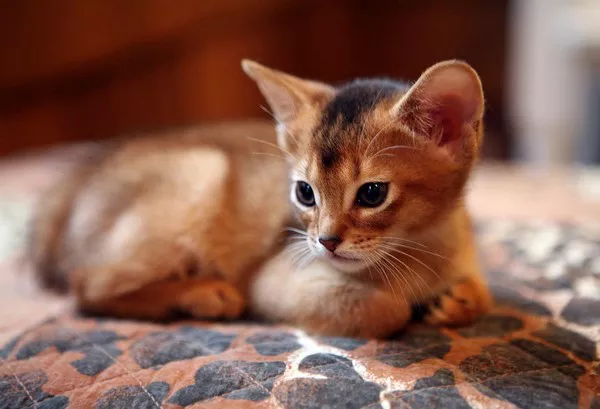Cats are known for their intriguing behaviors that often leave us puzzled and curious. One such behavior that captures our attention is tail wagging. While dogs are commonly associated with wagging their tails, cats also exhibit this behavior. If you’ve ever wondered why cats wag their tails, you’re not alone. In this article, we’ll delve into the various reasons behind cat tail wagging, exploring different contexts and meanings associated with this fascinating behavior.
Communication through Body Language
1. Complex Nonverbal Communication
Cats are skilled communicators that use body language to convey their feelings and intentions. Tail movements are an integral part of this nonverbal communication, providing insights into a cat’s emotional state.
2. Tail Wagging as a Signal
Tail wagging in cats serves as a visual signal to communicate various messages to other cats, animals, and even humans. It’s essential to consider the context and accompanying body language to decipher the meaning.
Different Types of Tail Movements
1. Slow Tail Wagging
A slow, deliberate tail wag often signifies a cat’s relaxed and content state. This gentle swaying of the tail is commonly observed when a cat is lounging or receiving pets.
2. Quick and Agitated Movements
Rapid tail movements, accompanied by tense body language, can indicate agitation, irritation, or potential aggression. Understanding the context helps determine the cause of the cat’s discomfort.
Expressing Various Emotions
1. Playful Excitement
Tail wagging during play is a sign of excitement and engagement. Cats may exhibit short, fast tail movements while chasing toys or engaging in interactive games.
2. Curiosity and Observation
When a cat encounters a new environment, object, or creature, they may exhibit slow tail movements as they assess the situation. This cautious curiosity helps them gather information about potential threats or sources of interest.
Social Interactions
1. Greeting and Recognition
Cats use their tails to greet and recognize familiar cats and humans. A cat that approaches with an upright tail is likely feeling confident and friendly.
2. Territory Assertion
Wagging their tails while marking with scent glands on surfaces helps cats assert their territory. This behavior is often observed outdoors when encountering other cats’ scents.
Signs of Potential Aggression
1. Fluffy Tail
A cat with a puffed-up, fluffy tail is likely experiencing fear, aggression, or extreme arousal. This defensive posture aims to make the cat appear larger and more intimidating to potential threats.
2. Flicking Tail Tip
A tail that flicks or twitches at the tip can indicate irritation or frustration. This behavior is often observed when a cat is trying to communicate a desire for space or is growing impatient.
Stress and Overstimulation
1. Tail Lashing
Vigorous tail lashing from side to side can signal stress, overstimulation, or extreme discomfort. It’s crucial to identify the source of stress and address it appropriately.
2. Calming Techniques
Cats may engage in self-calming behaviors, such as tail wrapping around their body, to alleviate stress and anxiety. Providing a calm environment and avoiding overstimulation can help reduce these behaviors.
Context Matters
1. Observing Holistic Behavior
To accurately interpret tail wagging, it’s vital to observe the entire context, including body posture, facial expressions, and vocalizations. These cues collectively provide a comprehensive understanding of a cat’s emotional state.
2. Individual Differences
Each cat has a unique personality, and their tail wagging behavior may vary. Some cats may be more expressive with their tails, while others may use different forms of communication.
See Also: A Guide to Cat Body Language
Conclusion
In conclusion, cat tail wagging is a multifaceted behavior that serves as a form of nonverbal communication. Cats use their tails to convey a wide range of emotions, from contentment and playfulness to agitation and stress. By understanding the context, body language, and accompanying cues, cat owners can gain insights into their feline companions’ feelings and intentions. Recognizing the diverse meanings behind tail movements enhances the bond between humans and cats, allowing for more effective communication and better care. Whether your cat’s tail is swaying gently in relaxation or flicking with excitement, observing and interpreting these behaviors adds depth to our understanding of these enigmatic and beloved pets.
























